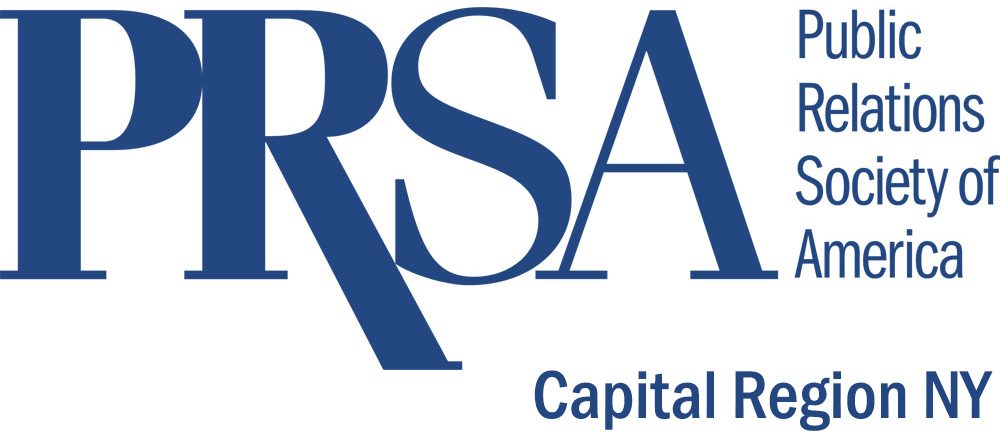By David Alexander, Assistant Athletics Director for Communications – The College of Saint Rose
Among the events I look forward to every year as an athletics communications professional is the annual Eastern College Athletic Conference – Sports Information Directors Association Workshop. This year’s weeklong event took place in my backyard in Troy, NY, and featured an array of communications professionals within and outside of the public relations field.
The agenda touched upon numerous subjects that are relevant within any cadre of public relations professionals. Optimizing digital resources, social media best practices, maintaining well-organized archives, and crisis communications plans all permeated the docket.
However, among the most relevant topics was a timeless one within the field, “Prepping Media for Game Day”. All of the aforementioned modern platforms come into play for such, but the ageless practice of developing and maintaining relationships with media members still trumps all.
Bob Weiner, a sportswriter for The Daily Gazette, and Andrew Catalon, who currently handles a variety of play-by-play duties for CBS and the CBS Sports Network (after a successful stint as a local sports reporter and anchor), provided insight from a media point of view regarding game day.
Although Weiner and Catalon work in different mediums with diverse audiences, they both emphasized the same thing. Simplicity works best. Live stat feeds and live twitter updates are appreciated, but the human touch is what stands out
A succinct set of game notes, a compilation of relevant press clippings, bullet points of human interest material that may be encompassed into the broadcast or used as part of a newspaper sidebar, are all relevant.
Nowadays, these are predominantly supplied in a digital format. However, they should be distributed via hard copy as well. The latter may not fall in line with any “green initiative.” But the tenuous nature of internet feeds, the vulnerability of computer systems, and the preponderance of ever tightening deadlines still make paper a necessary staple of any media work room.
Furthermore, while all athletics communications personnel have a myriad of responsibilities leading up to game time—from distributing official starting lineups to assuring pregame itineraries are synchronized—our role as the media liaison still stands out.
Thus, touching base, even briefly, with all working media members in attendance prior to the start of the game is worthwhile—whether it be a local beat writer who is at every contest, or a visiting announcer who is making his or her biennial visit to your institution. Reviewing postgame interview policies and the media timeout format, along with the proper pronunciations of players and coaches names, are personal touches that subsequently enhance relationships.
These may appear to be perfunctory samples. However, simplicity works.
